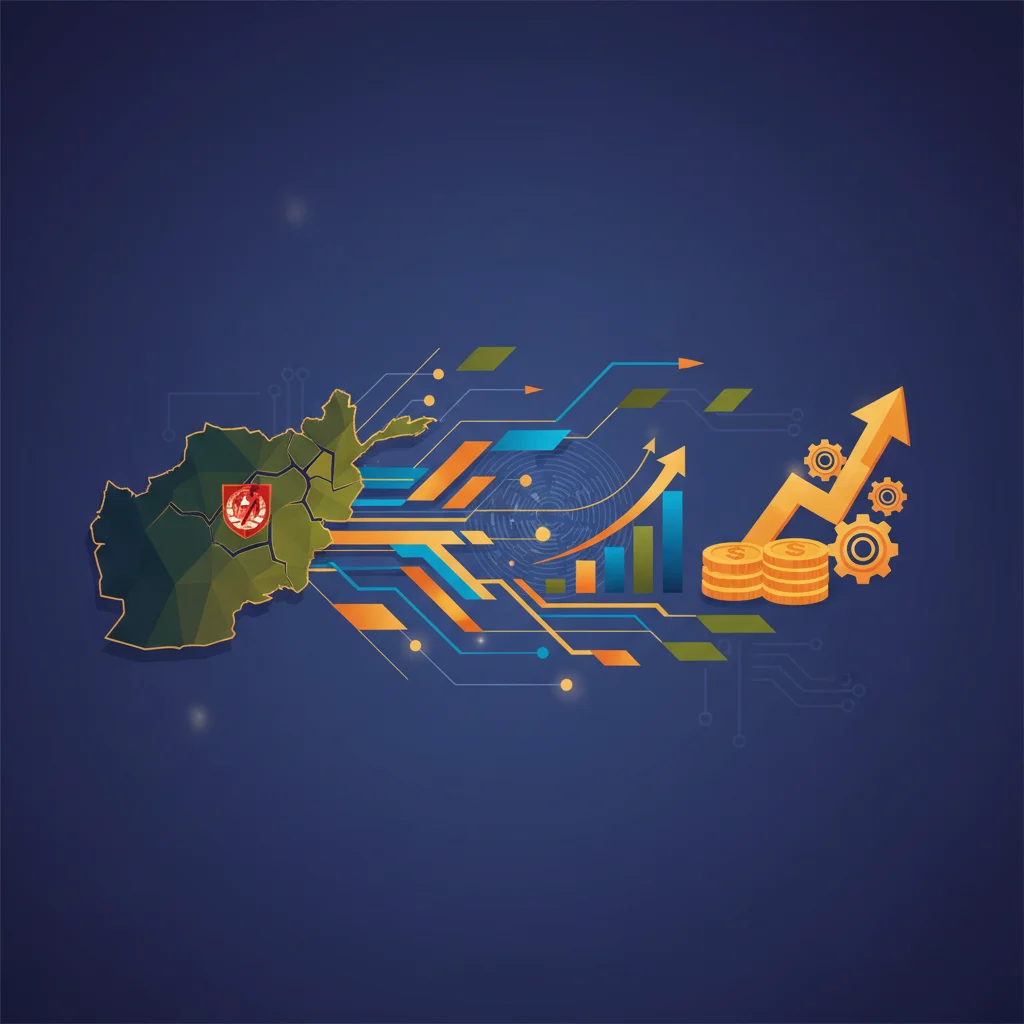
Beyond the Headlines: Why a Border Skirmish in Afghanistan Matters to Your Investment Portfolio
In the volatile theater of international relations, headlines often flash and fade, leaving behind a trail of uncertainty. A recent report from the Financial Times captured one such flashpoint: Afghanistan’s Taliban government claimed its forces killed 58 Pakistani troops in a significant border clash. The statement framed the engagement as a “retaliatory operation” following an alleged Pakistani air strike inside Afghanistan.
For many investors, business leaders, and finance professionals, a skirmish along the rugged Durand Line—the contentious border separating the two nations—may seem a world away, a distant geopolitical tremor with little relevance to the daily machinations of the global stock market. This is a dangerous misconception. In today’s hyper-connected global economy, the ripples from such events can travel far and wide, impacting everything from supply chains and commodity prices to the risk calculus of emerging market investments.
This article delves beyond the immediate military claims to analyze the profound economic and financial implications of rising tensions between Afghanistan and Pakistan. We will explore the historical context, the immediate economic fallout, the threat to multi-billion dollar regional projects, and why understanding this conflict is crucial for anyone involved in international finance and investing.
A Tinderbox with a Long History: Understanding the Context
The conflict did not erupt in a vacuum. The relationship between Afghanistan and Pakistan is underpinned by decades of complexity, mistrust, and strategic maneuvering. The 2,670-kilometer Durand Line, established in 1893 by British India, has never been formally recognized by any Afghan government, creating a persistent source of tension. It bisects the Pashtun ethnic group, creating deep cross-border tribal and familial ties that often supersede national allegiances.
Furthermore, the security dynamic is complicated by the presence of various militant groups, most notably the Tehrik-i-Taliban Pakistan (TTP), an organization distinct from the Afghan Taliban but sharing a common ideology. Islamabad has long accused the Afghan Taliban of providing sanctuary to the TTP, which has waged a deadly insurgency inside Pakistan for years. According to a 2023 report from the U.S. Institute of Peace, attacks by the TTP have surged since the Taliban’s return to power in Kabul, creating immense pressure on Pakistan’s security apparatus and its economy.
This latest clash, as reported by the FT, represents a significant escalation, moving from proxy accusations to direct state-on-state military engagement. For the financial world, this shift is critical. It elevates the situation from a chronic security issue to an acute geopolitical crisis with the potential for wider destabilization.
The Economic Domino Effect: Pakistan’s Fragile Finances Under Pressure
For Pakistan, a nuclear-armed nation of over 230 million people, the timing could not be worse. The country’s economy is already navigating a precarious path, heavily reliant on a multi-billion dollar IMF bailout program to avert sovereign default. Any escalation in military conflict has direct and severe financial consequences:
- Currency Devaluation: Increased geopolitical risk spooks international investors, leading to capital flight and immense pressure on the Pakistani Rupee. A weaker currency fuels inflation, raises the cost of debt servicing, and erodes purchasing power.
- Stock Market Volatility: The Pakistan Stock Exchange (PSX) is highly sensitive to political and security news. The threat of a wider conflict would trigger a significant sell-off, wiping out capital and shaking investor confidence. This directly impacts portfolio values for those with exposure to Pakistani equities.
- Fiscal Strain: Military operations are expensive. A sustained conflict would divert crucial funds from social programs and infrastructure development towards defense spending, further straining a national budget already under intense scrutiny from the IMF and other international lenders. This can impact the country’s credit rating and its access to global banking and capital markets.
The intricate dance between national security and economic stability is on full display. For investors, monitoring the stability of Pakistan’s economy is not just about fiscal policy and central bank decisions; it is now inextricably linked to troop movements along its western border.
The Great Game 2.0: A Threat to Global Ambitions and Investments
The implications extend far beyond Pakistan’s borders, threatening to derail one of the most ambitious infrastructure projects of the 21st century: the China-Pakistan Economic Corridor (CPEC). As the flagship project of Beijing’s Belt and Road Initiative (BRI), CPEC involves over $60 billion in investments to develop ports, roads, railways, and power plants,


